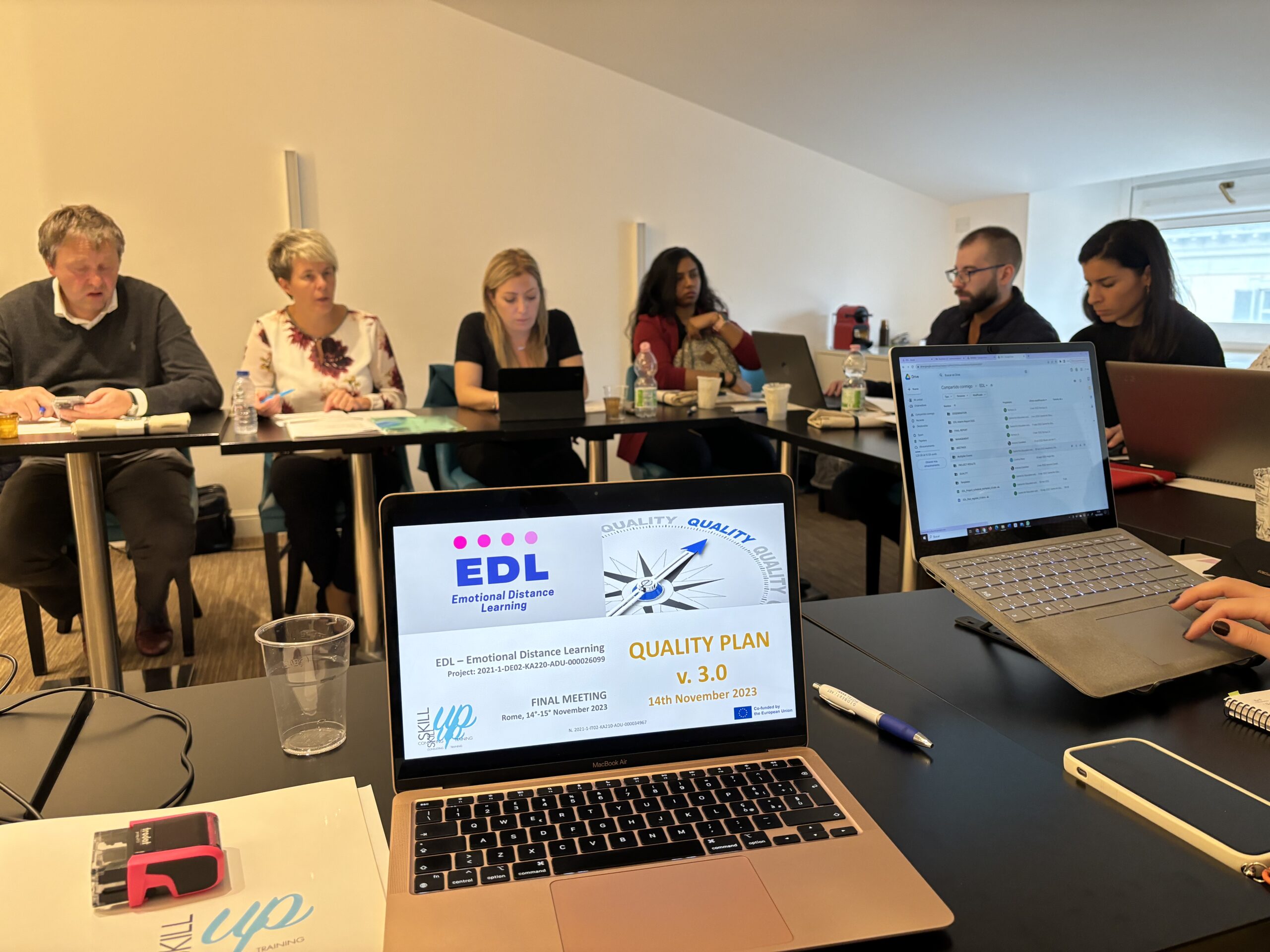By Chris Manuel, Eurospeak
While there are many advantages to online learning, including unparalleled access to high-quality education, there are also several drawbacks that could jeopardise its viability. These issues can be spotted into the following categories:
- Equity and Accessibility to Technology
Any online programme needs students who can access the online learning environment in order to succeed. Otherwise, qualified students will not be able to enroll in the course due to access issues, whether they be financial or logistical in nature. In rural and lower socioeconomic areas, this is a serious problem. Additionally, from an administrative perspective, if students are unable to afford the technology that the school uses, they are lost as clients. It is not universally possible to access the Internet and in some parts of the European Union and other nations, doing so can be very expensive for the user. While some Internet users pay a set monthly fee, others are only charged for the time they spend online. Instruction and participation in the online programme will not be equitable for all students in the course if participants’ online time is constrained by the quantity of Internet bandwidth they can afford.
- Computer Literacy
To succeed in an online environment, both students and facilitators need to have a basic understanding of computers. For instance, they must be capable of using a number of search engines, feel at ease surfing the World Wide Web and have a working knowledge of email, newsgroups and FTP protocols. They cannot succeed in an online school without these technological capabilities. A student or staff member who cannot use the system would negatively affect the entire programme.
- Limitations of Technology
A successful online programme needs technology that is trustworthy and easy to use. Even the most advanced technology is not always functioning properly. Unfortunately, the equipment employed in an online programme will break down—the question is just when. Technology is used as a tool in the learning process and is meant to be low profile when everything is operating as it should. But malfunctions might happen anywhere throughout the system. A participant may access the class through a networked computer that may go down. Individual PCs may experience a variety of issues that could restrict students’ access. Finally, the Internet connection may stop working or the organisation hosting the connection may become overloaded with users and either slow down or stop functioning altogether. The learning experience may suffer in these circumstances since the technology is neither seamless nor reliable.
- Levels of Synergy
The high degree of synergy that active dialog among participants, one of the most significant sources of learning in a Virtual Classroom, represents where online learning has its most promising potential. To suit the huge class, however, the synergy level begins to change in larger classes (20 students or more) and finally transitions to independent study. Dialog and engagement between participants and the facilitator are currently at a minimum. The medium isn’t being utilised to its fullest capacity.
Technology and education are experiencing a very exciting time right now. Online courses give students access to technology-based learning environments that increase learning opportunities and deliver top-notch instruction in a range of formats and modalities. Online programmes provide a practical answer to difficulties with work, family and study schedules because they are designed specifically for adult learners who need or want to continue their education. Higher education institutions have discovered that online courses are crucial to giving the people they want to serve access to education. The curriculum, the facilitator, the technology and the students all need to be carefully studied and balanced for an online programme to be effective in order to fully capitalise on this format’s advantages and at the same time, avoid mistakes that could arise from its disadvantages.
- Technical Problems
Many students struggle to keep up with their virtual classmates because they do not have access to the high bandwidth or reliable internet connections needed for online courses: Their poor monitors make it challenging for them to follow the Course Management System, which negatively affects their ability to learn. Additionally, because the majority of them reside off-campus, it is challenging for them to keep up with the course’s technical requirements. Some of them visit learning resource centers for technical support even if they don’t possess computers. The only way to solve this issue is for students to fully prepare themselves for the successful completion of the course by understanding exactly what kind of technological help they will require before enrolling on a particular course.
References
Strengths and Weaknesses of Online Learning
5 Common Problems Faced By Students In eLearning And How To Overcome Them; Sunil Kumar



0 Comments